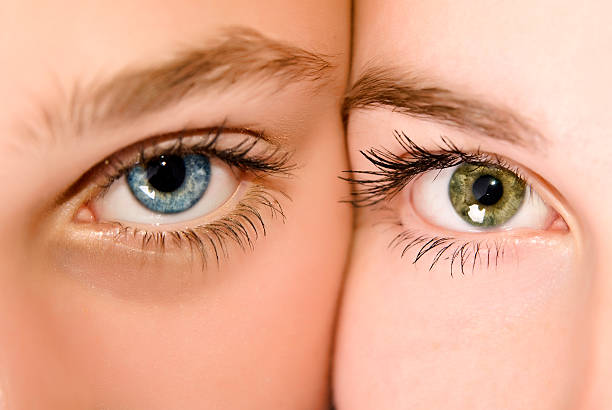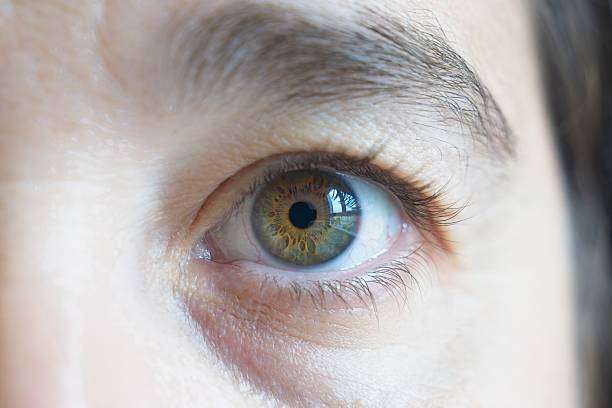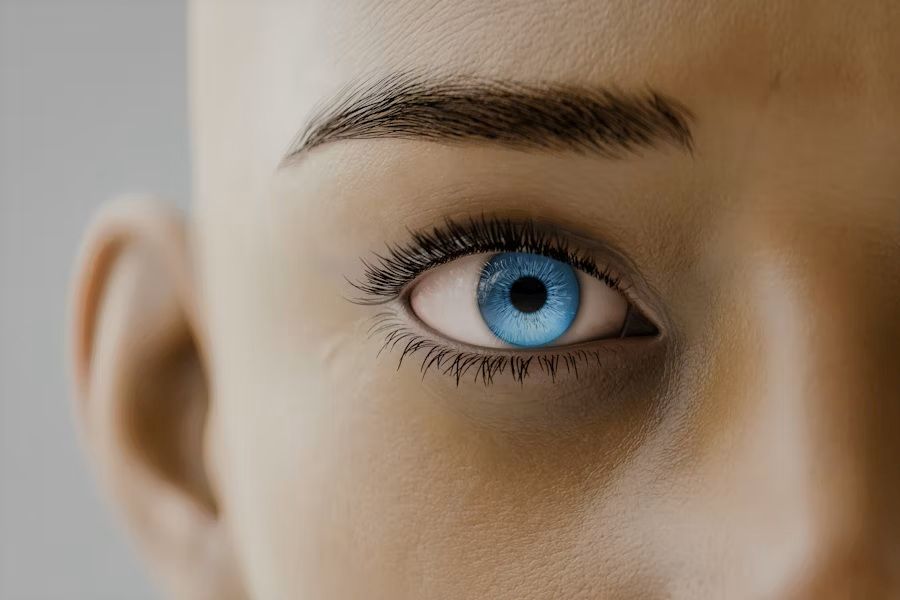Din vagn är tom
What Are More Beautiful: Big or Small Eyes?

Beauty lies in the eye of the beholder, or so the timeless adage suggests. Among the myriad features that contribute to human beauty, eye size often takes center stage in debates and discussions. Are big eyes inherently more attractive than small eyes? The reality is that beauty is profoundly subjective, influenced by individual preferences and cultural norms. In this exploration, we'll delve into how perceptions of eye size vary, the cultural and media influences at play, and why embracing our unique features is essential.
The Subjectivity of Beauty
No universal standard defines beauty. Each person harbors their own set of ideals shaped by personal experiences, upbringing, and societal influences. What captivates one person might go unnoticed by another. Eye size, much like other physical attributes, is subject to this individual interpretation.
-
Personal Preferences: Some individuals may find large eyes enchanting, associating them with openness and expressiveness. Others might be drawn to the subtle allure of smaller eyes.
-
Emotional Connections: Attractiveness often transcends physical features, rooted instead in the connections we form and the qualities we admire in others.
Understanding that beauty is multifaceted encourages us to appreciate diversity rather than conform to a single standard.
Cultural Perspectives on Eye Size
Around the globe, cultures hold varying ideals of beauty, and eye size plays a significant role in these perceptions.
-
Western Standards: In many Western countries, large eyes are frequently idealized. They are often linked to youthfulness and vitality, qualities that are highly prized. This preference is evident in animation and art, where characters are depicted with exaggeratedly large eyes to convey innocence and emotion.
-
Eastern Standards: In contrast, certain East Asian cultures have historically valued smaller eyes. Small eyes are sometimes associated with wisdom, determination, and inner strength. Traditional artworks and literature often celebrate these features, embedding them into the cultural fabric.
-
Middle Eastern and African Standards: In some Middle Eastern and African cultures, the emphasis is placed on the shape and expressiveness of the eyes, regardless of size. Kohl and other eye-enhancing cosmetics highlight this focus.
These diverse perspectives illustrate that there is no one-size-fits-all answer. Beauty standards are as varied as the cultures themselves.
Big Eyes: The Appeal and Perception
The appeal of big eyes can be attributed to several factors:
-
Expressiveness: Larger eyes are thought to convey feelings more transparently. They can communicate emotions like joy, surprise, and compassion effectively, drawing others in.
-
Neoteny in Attraction: The concept of neoteny suggests that humans are attracted to juvenile features, such as large eyes and rounded faces. These features can evoke caretaking instincts and perceptions of approachability.
-
Symmetry and Proportion: Big eyes can contribute to facial symmetry, a trait often linked to attractiveness in evolutionary biology. Symmetrical features might subconsciously signal genetic health.
Despite these perceptions, it's crucial to remember that not everyone prioritizes these traits, and many find beauty in a wide array of features.
Small Eyes: Their Unique Charm
Small eyes possess a distinctive beauty that is equally captivating.
-
Depth and Mystery: Smaller eyes can lend an air of mystery and introspection, suggesting a rich inner world. This allure can be profoundly attractive to those who appreciate nuance and subtlety.
-
Cultural Significance: In various cultures, small eyes are treasured. For example, in some indigenous communities, they are seen as a connection to ancestral heritage and identity.
-
Complementary Features: Small eyes can harmonize with other facial features, enhancing overall beauty. They may accentuate cheekbones or draw attention to a radiant smile.
-
Versatility in Style: Those with smaller eyes often have unique opportunities in makeup and fashion to create striking looks that emphasize their natural elegance.
Recognizing the charm of small eyes encourages a broader appreciation of beauty beyond conventional standards.
The Role of Media and Popular Culture
Media and popular culture significantly shape our perceptions of beauty, including eye size.
-
Advertising Influence: Advertisements often feature models and celebrities who embody current beauty ideals. This repetition can subconsciously influence our own preferences, aligning them with what is portrayed.
-
Film and Animation: Characters in films and animations often have exaggerated features to elicit emotional responses. Big eyes in animation, like those seen in anime, are used to express innocence and emotion.
-
Social Media Impact: Platforms like Instagram and TikTok showcase beauty trends that can shift rapidly. Filters and photo editing tools can distort reality, promoting unattainable standards.
-
Celebrity Endorsements: Celebrities who embrace their natural features can challenge norms. Role models who celebrate diversity help expand societal definitions of beauty.
Understanding the media's influence empowers us to question and redefine our own perceptions, fostering a healthier self-image.
Psychological Impact of Beauty Standards
Adherence to narrow beauty standards can have profound psychological effects.
-
Self-Esteem Issues: Feeling that one doesn't measure up to idealized standards can lead to low self-esteem and body image issues.
-
Cultural Assimilation Pressure: Individuals might feel compelled to alter their appearance to fit dominant cultural norms, leading to practices like cosmetic surgery.
-
Mental Health Concerns: The stress of conforming to beauty ideals can contribute to anxiety and depression.
Promoting inclusivity and self-acceptance is vital for mental well-being.
Embracing Individual Beauty
Celebrating our unique features fosters confidence and authenticity.
-
Self-Acceptance: Embracing one's natural eye size, whether big or small, is a step toward self-love. Confidence in oneself is inherently attractive.
-
Personal Expression: Use makeup or fashion as tools for self-expression rather than conformity. Highlight your eyes in ways that make you feel empowered.
-
Challenging Norms: Advocate for broader representations of beauty in media and culture. Support brands and media that celebrate diversity.
-
Mindfulness and Positive Affirmation: Practice self-compassion and focus on qualities beyond physical appearance. Recognize and appreciate your inner strengths and achievements.
By embracing individuality, we contribute to a more inclusive and compassionate society.
Conclusion
There is no definitive answer to whether big or small eyes are more beautiful, as beauty is an ever-evolving, deeply personal concept. Eye size is just one facet of our complex identities. Embracing and valuing our unique features enriches our lives and the lives of those around us. Let's move beyond limiting beauty standards and celebrate the diverse tapestry of human appearance. After all, it's the light within our eyes, not their size, that truly makes them shine.
Lämna en kommentar
Kommentarer kommer att godkännas innan du dyker upp.




